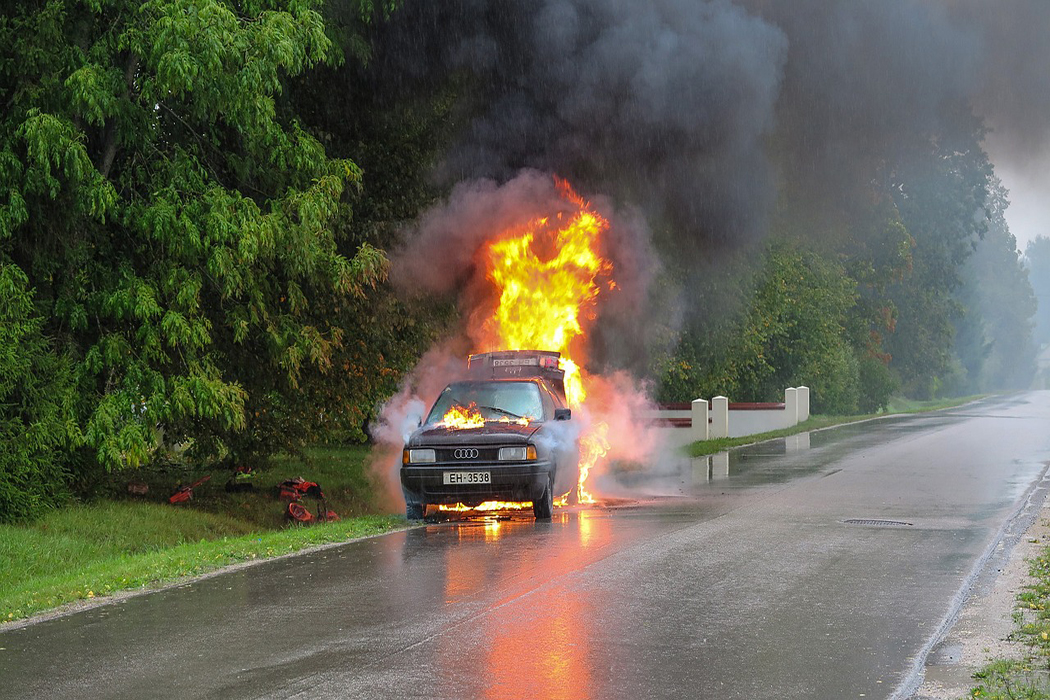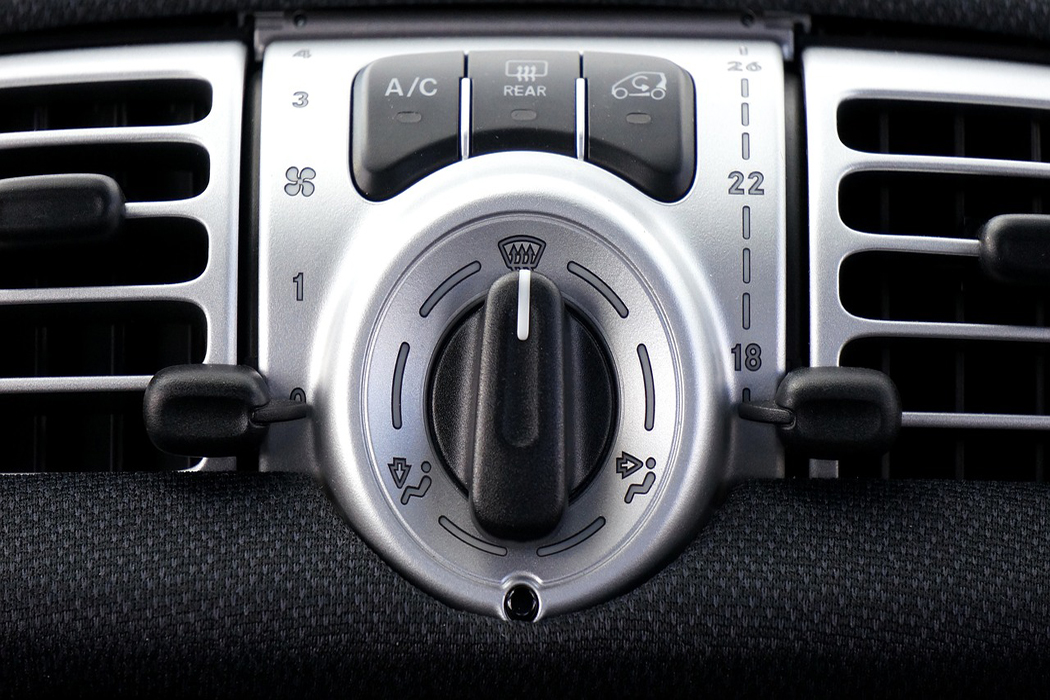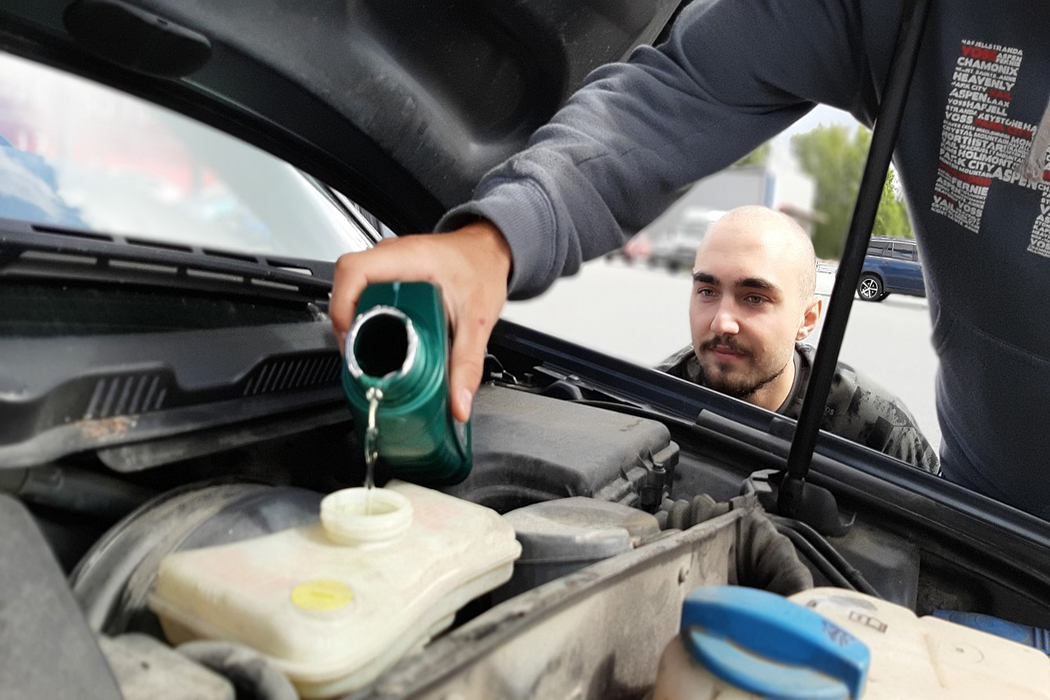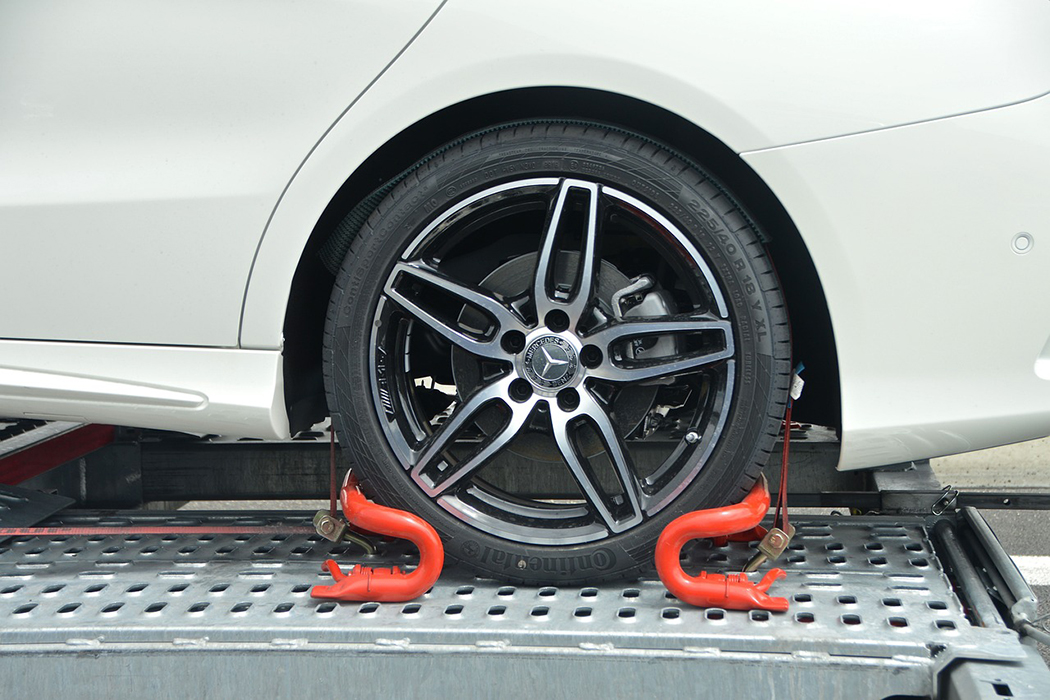What To Do If Your Car Overheats

When you're driving, the last thing you want to see is the temperature gauge on your dashboard creeping into the red zone. Overheating is a serious problem that can cause serious damage to your car's engine if left untreated. But don't panic - there are steps you can take to cool your engine down and get safely to a service station. In this guide, we'll walk you through what to do if your car overheats:
Step 1: Turn on the Heater

When you notice that your car is overheating, the first thing you should do is turn on the heater. This might seem counterintuitive, but it can help draw warmth away from the engine and into the passenger compartment, lessening the burden on the engine's cooling system. If this works, you'll know it because the warning light will go off or the temperature gauge will return to the neutral position.
Step 2: Pull Over
If your car continues to overheat after a few minutes with the heater on, pull over to the side of the road and cut the engine off. This is the safest and surest way to cool the engine down. If you have roadside assistance, now is a good time to call, as you may need a tow.
Step 3: Wait it Out
If you don't have roadside assistance, be patient. It will take at least 15 minutes for the engine to cool down. Don't attempt to open the hood, as the coolant may be over 230 degrees and there's a risk of being sprayed with hot water or steam. Waiting for at least 15 minutes allows the hood, engine, and leaking coolant to cool.
Step 4: Add Coolant

Once you've waited at least 15 minutes and the hood is cool to the touch, it's time to add coolant. Put on gloves, open the hood, and locate the radiator cap. Cover the cap with a towel and slowly push down and loosen it a quarter of a turn to release pressure. Fully open the radiator cap and slowly add coolant, half water, half antifreeze, until the liquid reaches the "full" line. You should also add coolant to the small, clear plastic overflow reservoir mounted to the side of the radiator. Next, replace the cap and turn on the engine. If the temperature gauge returns to normal or the warning light goes out, you can proceed with caution while keeping an eye on the temperature gauge or light.
Step 5: Drive to Your Nearest Mechanic or Call a Towing Service

Adding coolant doesn't address the problem that caused your engine to overheat, but it often allows you to drive safely to the nearest repair station. While driving, keep an eye on the temperature gauge and take notice of any fluid under the car or steam under the hood. If you are uncomfortable with driving your vehicle in this condition, you can always consider calling a tow service provide you with a lift to your closest repair shop.
In conclusion, an overheating engine can be a stressful and potentially dangerous situation. However, by following the steps outlined in this article, you can ensure your safety and take the necessary steps to address the issue. Remember to turn on the heater, pull over, wait for the engine to cool, add coolant, and drive safely to your closest mechanic. By taking these steps, you can minimize the damage to your vehicle and get back on the road as soon as possible. And if all else fails, don't hesitate to call a reputable towing service for assistance, like TowHunt! With a little preparation and quick thinking, you can avoid major car troubles and enjoy a safe and worry-free driving experience.

Towing vs Roadside Assistance - What's the Difference?
Experiencing a car breakdown can be stressful, and it's crucial to understand the difference between towing and roadside assistance to get the help you need: while both services can help you get your vehicle to a safe location or fix minor issues, they differ in what they offer and when they're required, so this article provides you with the information you need to make an informed decision and choose the best service for your situation.